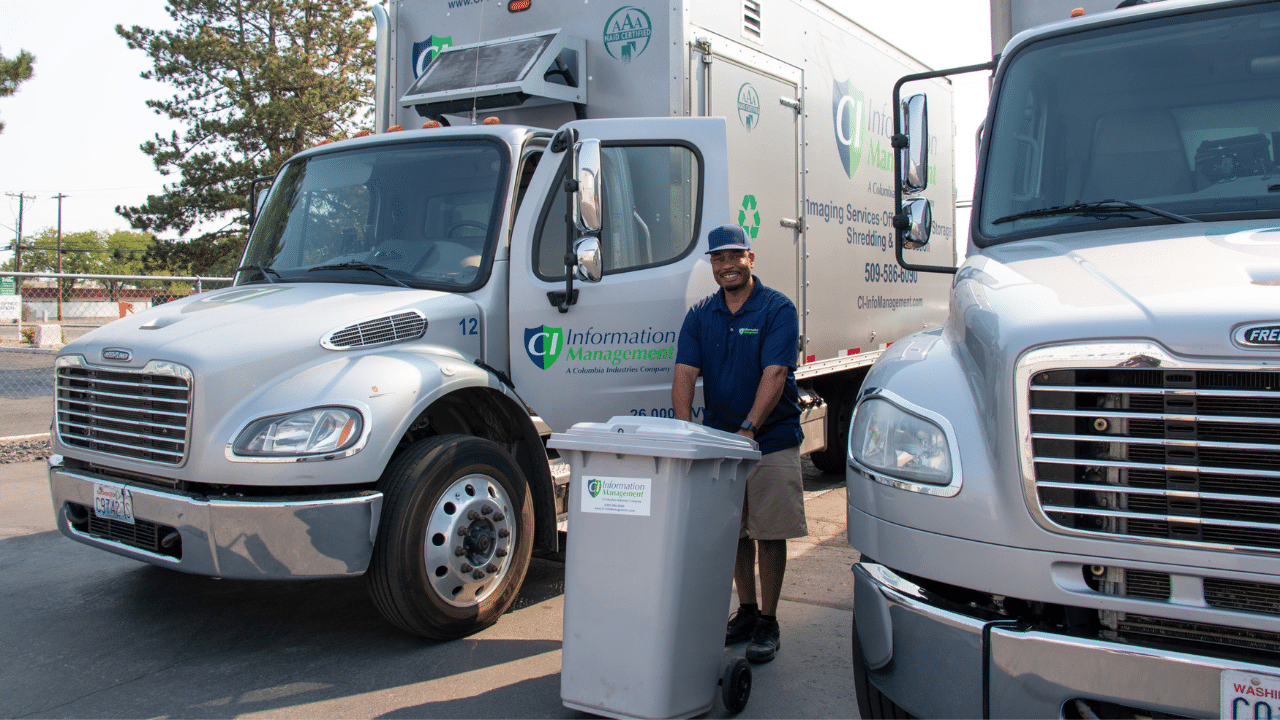Are you a product-based business? If so, you have likely heard that “product destruction” is a crucial element of your business plan. Unfortunately, available information can be confusing or misleading – often leading businesses to forgo this critical business component. Today, we will break down what product destruction is, the benefits it provides your business, and the types available to you. Let’s dive in!
What is Product Destruction?
If you are a product-based business, there will be a time when you end up with products that you cannot or should not sell. However, simply throwing them away isn’t the answer. Instead, product destruction ensures a safe, systematic way of disposing of unwanted, defective, expired, or unsellable products. This prevents such products from making their way into the market on accident and potentially causing harm to your business or others.

Key Benefits of Product Destruction
Product destruction isn’t just a method of disposal; it is a critical step of your business cycle that benefits your business in a variety of ways, including:
- Legal Compliance
Depending on your industry, you are likely required to adhere to certain regulations. Product destruction ensures businesses meet regulatory requirements for disposing of sensitive or hazardous goods. Take, for instance, industries like pharmaceuticals, electronics, and food; they must comply with strict laws to prevent risks to consumers, maintain safety standards, and avoid potential fines or penalties for non-compliance.
- Risk Mitigation
As a business, you are responsible for your product. Therefore, if your products are disposed of improperly, you are the one who will take the blame. That’s why adhering to safety regulations is critical to mitigating risk, especially in the food, pharmaceutical, and electronics industries. Product destruction ensures that unsafe products cannot end up in the hands of consumers for any reason and prevents issues like contaminated food products.
- Inventory Management
Inventory of any kind, sellable or unsellable, costs money. Therefore, housing unsellable products drains resources from operation space to management payroll. Product destruction is a critical aspect of inventory management, as it helps to streamline operations, clear out space, and prevent unnecessary financial strain.
- Environmental Responsibility
Environmental awareness and positive action are essential for all companies these days, not only to protect the environment but to be forces for positive change that customers can recognize. Product destruction prevents unnecessary waste from ending up in a landfill. Rather, it allows for the most sustainable, eco-conscious way to dispose of materials.
- Brand Protection
Lastly, and most importantly, your brand image is always at stake. If a product that shouldn’t have gone out makes it into the hands of consumers, legitimately or not, it can cause distrust for your business should it cause any illness, injury, or issues of any kind. By being proactive and transparent with product destruction, you demonstrate your commitment to quality and safety.
Methods of Product Destruction
Prior to destroying a product, it is vital to understand which method of product destruction is suitable for your business. For example, you certainly wouldn’t want to compost pharmaceuticals or burn metal. So, here is a basic explanation of each destruction method.
Incineration: This process involves burning products in a controlled environment to ensure their complete elimination. It is effective for non-recyclable materials, pharmaceuticals, and chemicals.
Waste-to-Energy (WTE): This method converts waste into usable energy through incineration. It helps reduce carbon footprints while creating energy from expired or defective products. For instance, certain plastics and organic waste can be incinerated to power facilities.
Recycling: This method reclaims materials from discarded products, allowing them to be repurposed and reused. It is the most environmentally friendly option, commonly applied to paper, plastics, metals, and glass.
Composting: Ideal for organic waste, composting transforms unsellable food or organic products into nutrient-rich soil. Grocery stores and food manufacturers use composting to dispose of food waste in an eco-friendly manner.
Shredding: This technique tears items into small pieces to ensure they cannot be reconstructed. It’s often used for confidential documents, outdated paper files, textiles, plastics, and some electronic components.
Crushing: Crushing reduces items into unusable fragments. Best for large, hard materials like metals and electronic devices, businesses often crush computers and industrial equipment to prevent the reuse of sensitive information or unsafe devices.
Product Destruction with CI Information Management
No matter the reason behind product destruction, finding a partner you trust to provide this service to your business is vital. At CI Information Management, we understand the importance of secure and compliant product destruction. With us, you can rest assured that our state-of-the-art facilities and trained professionals ensure that your items are securely destroyed in accordance with industry standards and regulatory requirements while guaranteeing confidentiality and environmental responsibility.
To learn more about the product destruction services we offer and to request a free quote, please reach out to us today.




